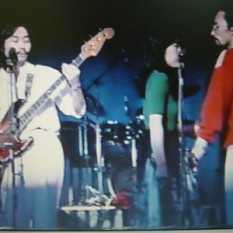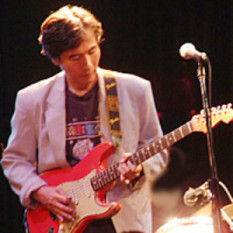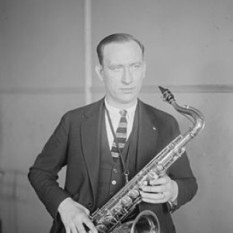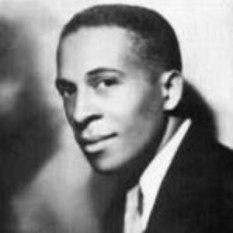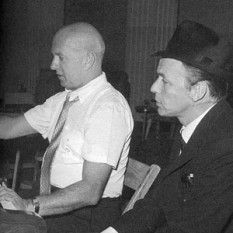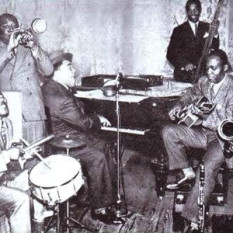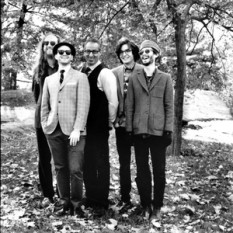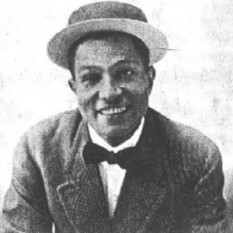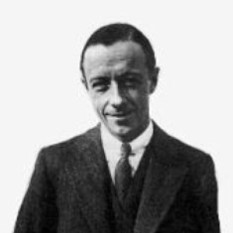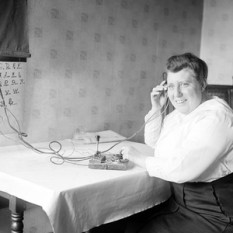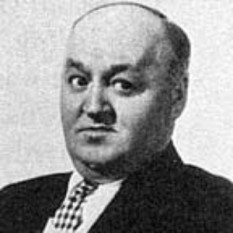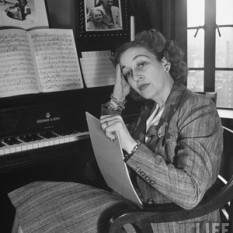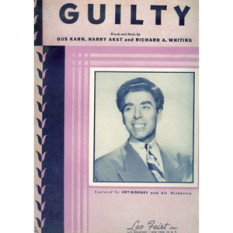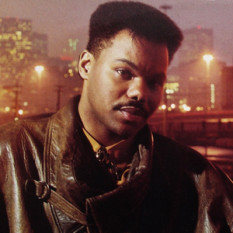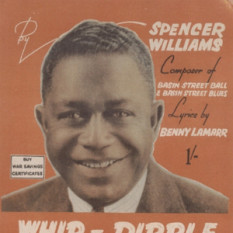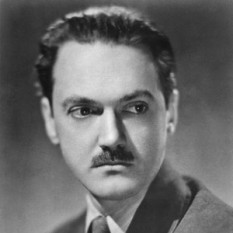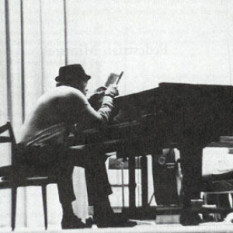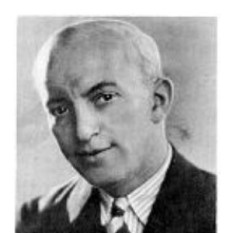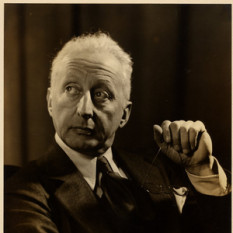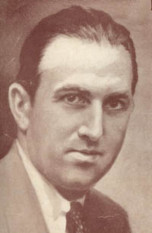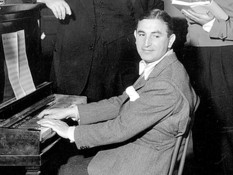Tin Pan Alley is the name given to the collection of New York City-centered music publishers and songwriters who dominated the popular music of the United States in the late 19th century and early 20th century.
The start of Tin Pan Alley is usually dated to about 1885, when a number of music publishers set up shop in the same district of Manhattan. The end of Tin Pan Alley is less clear cut. Some date it to the start of the Great Depression in the 1930s when the phonograph and radio supplanted sheet music as the driving force of American popular music, while others consider Tin Pan Alley to have continued into the 1950s when earlier styles of American popular music were upstaged by the rise of rock & roll.
Tin Pan Alley was originally a specific place in New York City, West 28th Street between Fifth and Sixth Avenue. There is a plaque on the sidewalk on 28th St between Broadway and Fifth with a dedication. This block is now considered part of Manhattan's Flatiron District.
The origins of the name "Tin Pan Alley" are unclear. The most popular account holds that it was originally a derogatory reference to the sound made by many pianos all playing different tunes in this small urban area, producing a cacophony comparable to banging on tin pans. With time this nickname was popularly embraced and many years later it came to describe the U.S. music industry in general.
The term is also used to describe any area within a major city with a high concentration of music publishers or musical instrument stores - a good example being Denmark Street[1] in London's West End. In the 1920s the street became known as "Britain's Tin Pan Alley" because of the large number of music shops, a title it holds to this day. The Tin Pan Alley Festival is held there each July.
Many of the artists tagged "tin pan alley" are actually the songwriters and composers of the era and not the recording artists who are sometimes listed in the song or album titles. .

